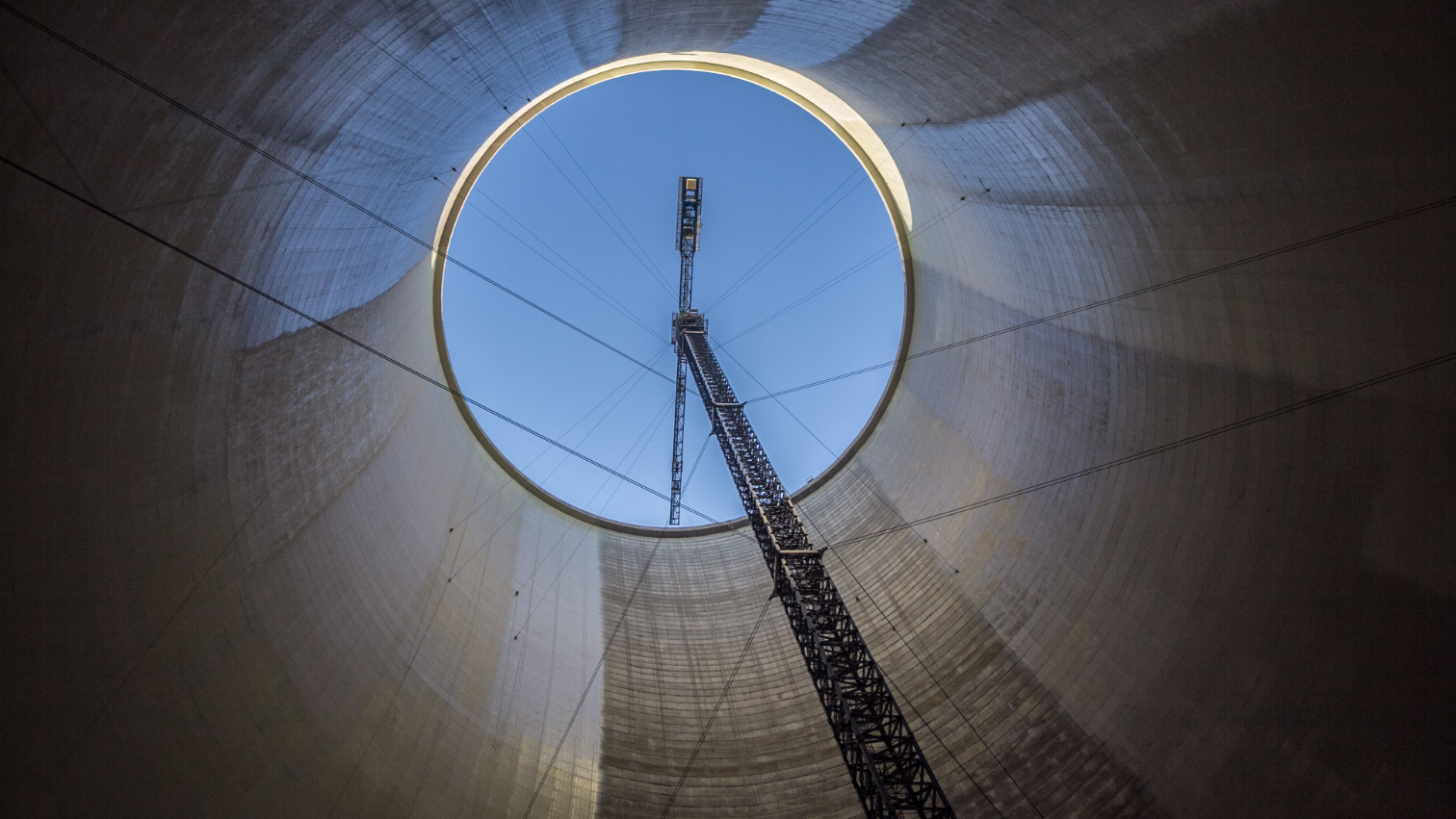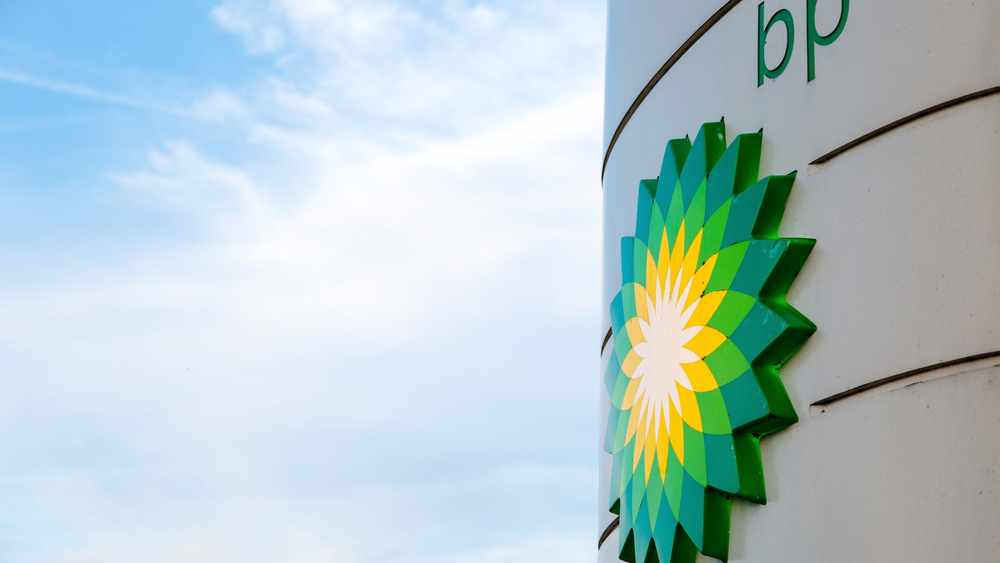
Going nuclear for net zero
Nuclear energy will be added to the EU’s Green Taxonomy in January 2023. But is it good for net zero?
Nuclear energy has been at the centre of the EU’s green taxonomy debate. The European Parliament recently rejected a proposal requesting gas and nuclear activities to not be included in the EU’s Taxonomy Delegated Act. Over 300 MEPs voted against the resolution meaning, as things stand, nuclear energy will be included within the EU’s green taxonomy from January 2023. Its inclusion, however, has also been met with strong resistance from member countries Austria and Luxembourg, with both threatening legal action against the proposal.
But what does nuclear’s inclusion mean for Europe’s net-zero ambitions?
A case for nuclear energy
Many believe the controversy surrounding nuclear energy is now being replaced with careful optimism following years of negativity surrounding security concerns and disposal of nuclear waste. This optimism indicates nuclear could be a key enabler in transitioning to a net-zero world.
Roberta Caselli, associate research analyst at Global X ETFs, states: “Nuclear energy is increasingly being framed as a low-emission transition fuel, and recently the European Commission confirmed the inclusion of nuclear in the EU Green Taxonomy. Indeed, nuclear fission reactors produce lower total carbon emissions than many other renewables.”
Here Caselli refers to the difficult decade the nuclear industry has overseen since the Fukushima accident which rocked Japan in 2011. Since then, the International Atomic Energy Agency (IAEA) has revised up its projections of the potential growth of nuclear power capacity for electricity generation during the coming decades.
“The increased IAEA projections show that nuclear power will continue to play an indispensable role in low-carbon production,” Caselli concludes.
As highlighted, nuclear energy could play a key role as the world transitions to low-carbon emissions. This is supported by other investors across the industry such as abrdn, with Eva Cairns, the asset manager’s head of sustainability insights and climate strategy suggesting: “As a low-carbon option, nuclear can play a key role as part of the energy mix to help achieve the transition to net zero at pace. This is particularly true where it is already well established such as in countries like France and Sweden.
“We believe that carbon-intensive energy sources, such as coal, should be phased out as a priority. Ideally, nuclear energy would gradually be replaced with other low-carbon sources, such as renewables, but this would require technology advances that enable reliable and affordable energy supply with a large proportion of renewables in the mix.”
Despite the positives for nuclear energy, there are several factors of concern for investors. Cairns explains: “It is true that nuclear energy brings with it a number of challenges when it comes to security and environmental risk such as toxic waste disposal and the risk of catastrophic accidents, as well as being a relatively expensive option in many regions.”
The increased IAEA projects show that nuclear power will continue to play an indispensable role in low-carbon production.
How to finance a nuclear project
Net-zero conscious investors have a range of ways to access nuclear energy in their portfolios. Tal Lomnitzer, senior investment manager at Janus Henderson Investors says the firm supports the use of nuclear energy and is investing via the raw materials required as a result.
“We tend to gravitate towards producers of uranium to ensure it is mined in environmentally friendly ways,” he says. “This includes those who are developing uranium from deposits underground. There are some companies out there that have these characteristics.
“We are operating under the impression that nuclear will be regarded as a green activity in Europe. However, we do not specifically finance nuclear projects. Instead, our approach is to invest in publicly listed securities, and this could include a utility that is using nuclear power.
Lomnitzer also points to valuation opportunities, with bottlenecks in the supply of uranium. This is an issue that has been exacerbated by the Russia-Ukraine conflict.
Another investor, Randeep Somel, manager of the M&G Climate Solutions Fund, believes there are a number of options when it comes to financing nuclear projects.
“There is not one single way to do it, you can invest on the equity side and the debt side. However, there isn’t a pure place to invest in nuclear. The reason for this is because these are very long-term projects that are done in big chunks,” he says.
“Many countries like to keep this in-house too and this can be witnessed with EDF Energy becoming increasingly nationalised.”




